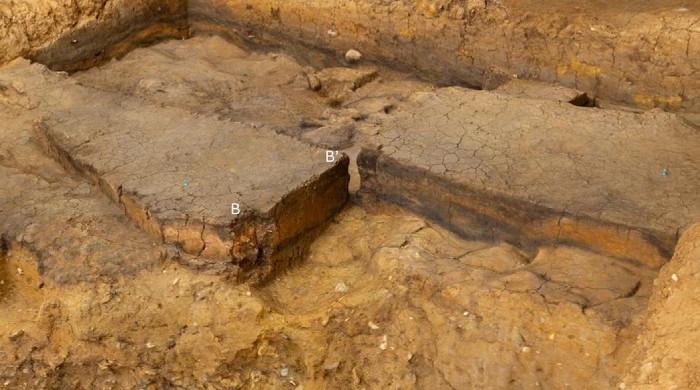Suodiu: Stir-fried stones, weird Chinese street food, not that hard on taste buds
The dish’s name suodiu literally means “suck and dispose”
August 19, 2023
A traditional stir-fry dish featuring literal stones has been dubbed as “the world’s hardest dish” and has sparked culinary curiosity on Chinese social media.
The weird dish originated in the eastern Chinese province of Hubei. People have to suck on the rocks to taste the rich and spicy flavour of the dish.
People are instructed to suck off the flavours, then spit out the rocks – hence the dish’s name suodiu, meaning “suck and dispose.”
Videos of people eating the dish and reacting to its taste have emerged on the internet in recent times. These vendors prepare the dish by pouring chilli oil onto sizzling pebbles placed on a teppanyaki-style grill.
A lavish sprinkle of garlic sauce follows, blending with diced peppers and garlic cloves.
In this visual spectacle, sidewalk chefs often complement their actions with rhythmic narration, akin to rhymes.
Videos hosted on platforms like Xiaohongshu — China's alternative to Instagram— show the meticulous process. With poetic flair, one chef remarked, "A portion of spice brings the passion alive," comparing the dish's popularity to that of alcohol.
As the culinary ritual unfolds, customers are eventually presented with palm-sized boxes containing the flavoured stones. Surprisingly, each serving costs approximately 16 yuan (equivalent to US$2.30), according to the video's details.
With roots believed to extend back centuries, suodiu possesses a rich historical heritage. Passed down orally through generations of boatmen, this dish's origin story finds its roots in adversity.
Boatmen traversing rivers faced situations where they could face dwindling food supplies during their voyages. Seeking a way to "find happiness in the bitterness," these boatmen combined stones with various condiments to create an eatable dish.
The resurgence of suodiu in contemporary culinary discourse reflects not only a long journey but also the connection between heritage and modernity.









